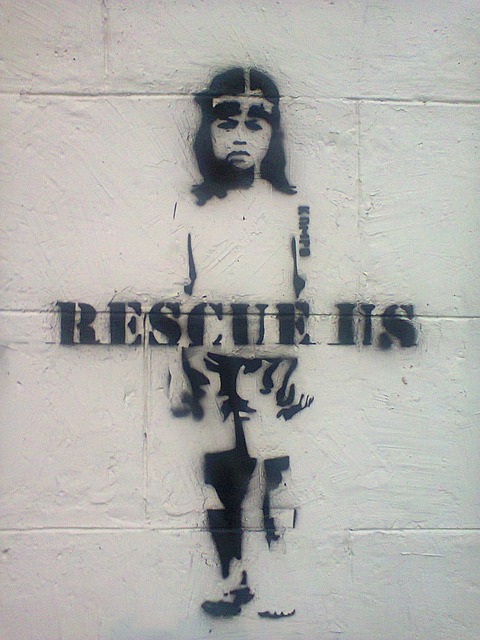
The following are stories of innocent Nepalese children and women who were sold to India as Sex slaves and what they went through. The background and social environment of all these children and women are similar; extreme poverty and what we describe as “GOLD”, (Girl Orphaned Low Caste Destitute).
A child named Patti was sold at the age of 10. She shares how a man told her, “Come. We will go see a movie”. She was a child and would like to see a movie, but instead, he took her to the capital city of Kathmandu, Nepal to be used over and over again. “After that I never went back home,” said Patti.
Another woman had a little baby girl of 2 years old who was suffering from pneumonia She was in need of medicine for her child. She couldn’t find medicine in Nepal and wanted to go to India. A man from her own neighborhood, whom she had known for 10 years, lied to her saying, “I will take you to India, where my uncle has a cure.” Delighted and relieved she travelled with him on the train to India. Along the way he gave her a Pepsi to drink. It was drugged and the next thing she knew she awoke imprisoned in a Bombay Brothel. She never saw her child again.
Background and Social Environment
Most Survivors are from the remote villages of Nepal. Although mountain village life can be fascinating, it is difficult. The children are happy but also naïve and have never been exposed to city life. They are innocent and easily misled. They are therefore, vulnerable to being trafficked because they are attracted by any good-looking, prosperous-seeming person who is dressed well and might represent a hope for a better future.
Consider Anna’s case, her father infected her mother with AIDs and then left his family to go to the gulf country to look for work. Instead of sending money home, he re-married and never returned leaving Anna and her seven siblings and sick mother to fend for themselves. Anna’s society is not understanding towards HIV/ AIDS patients. Her community is low caste to begin with but now, Anna and her family are considered as untouchable even by her caste. Despite the shame of AIDs and being outcasts they struggled to keep their family together and live happily.
Anna’s mother is infected with AIDs but she is a good hard-working woman who tries to support her family. Unfortunately, that is not enough. There is not enough land to cultivate to feed her children. She works long hours in the fields but the work is very hard. There is not much food. She is very weak because she is very sick. The family helps but it is too much. Anna’s mother dies. The grandmother must now look after these small grandchildren and survive.
Getting an education and work is an elusive dream. The more practical dream is eating a meal once or twice a day. They have nothing. Anna feels the need to support her family but financially, the community where Anna lives is impoverished. There is no help. The ‘wealthiest’ person there is still poor by any standard. Anna is 14 years old when a good-looking guy tells her that he can find her work in the city.
Anna is desperate. She believes easily. She has no hope here and is fascinated thinking about city life and a future. She has no trafficking awareness. She trusts him but instead of being introduced into a good job, she is stolen and trafficked into a living hell. Anna’s grandmother is grief struck. Her granddaughter is lost. She still remembers her face.
In Anna’s own words she says “…a handsome guy told me and my friend Meena that he would introduce us to a good place to work in the city. He lied to us and took us to a hotel claiming his uncle’s house was full. That night we were forcefully raped by a group of people. We were helpless. I had a dream to earn some money and marry a good man. But now my dream of marriage has been shattered”.
Faith and spirituality issues
Today, thankfully, Anna was rescued and is at home but she continues to fight for life. The process of healing is difficult for a victim of sexual abuse. The wounds are emotional, spiritual, moral and personal. They are wounds to the soul. Anna questions why God allowed these terrible things to be in her life? She had nothing but at least she had her person, her ‘self’, yet, even that was taken. CRM supports children like Anna. We work to give them real hope – a chance for education, the hope for real work and the hope of real salvation through Jesus Christ.
Reaching out to Street Children
When parents are working 12 to 15 hours a day, children as young as 4 or 5, are alone all day with no one looking after them. They wander around looking for food, looking for help and friends. They are street children.
Today there are approximately 5,000 street children in Kathmandu. These children are at risk of being stolen and trafficked to India. Children Rescue Mission provides them with a place to go and warm meals and teaches them to pray and how to stay away from the human traffickers.
Children Rescue Mission provides warm meals each Friday to endangered street children in the slum areas of Kathmandu, Nepal. Many children and their parents eventually learn about Christ.
